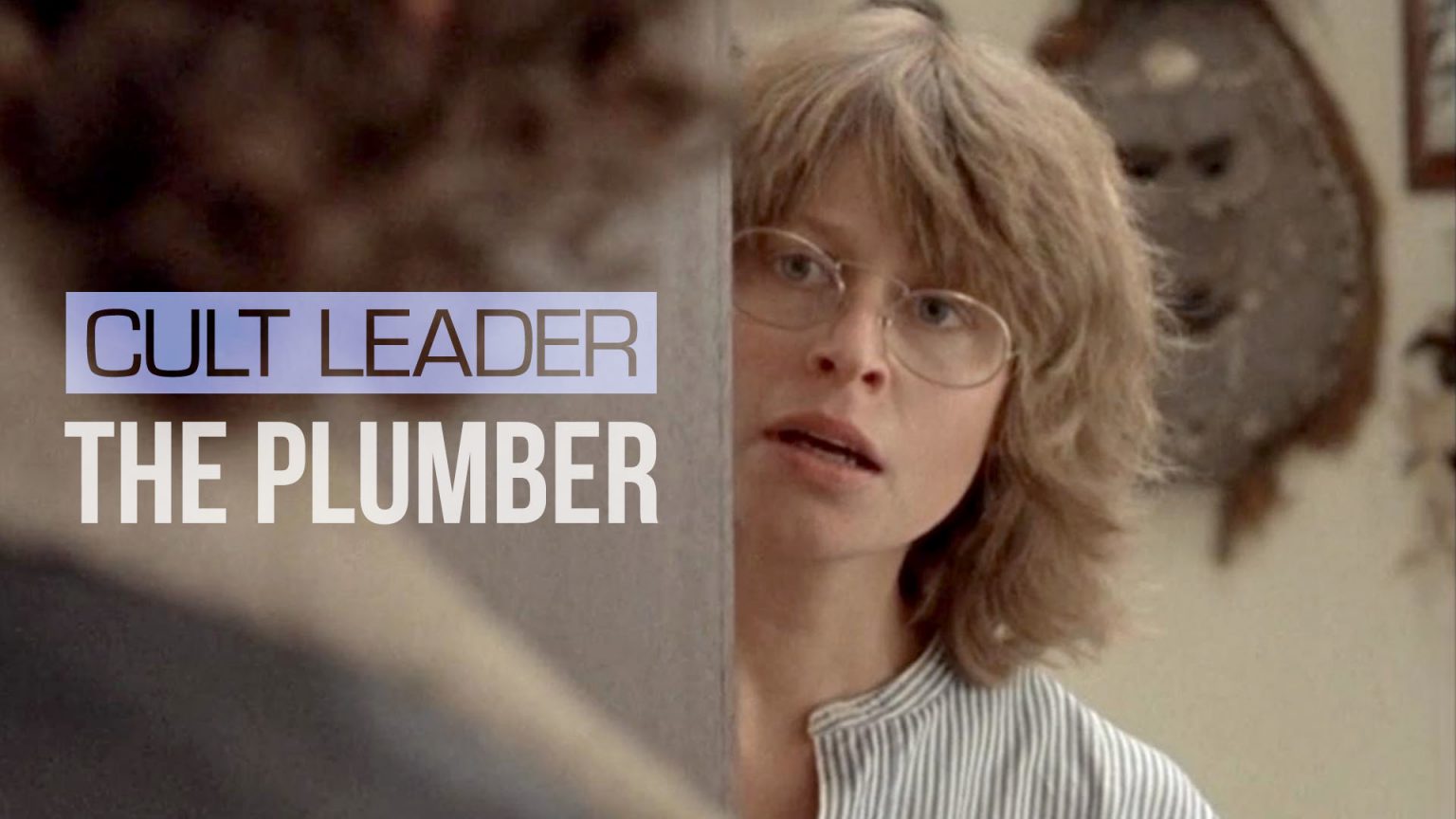Cult films are rarely known for their restraint, especially within the horror genre, yet this is precisely how The Plumber builds tension. There is no shortage of thrillers featuring women savagely stalked and murdered by men—or, conversely, films wherein women take grisly revenge on their attackers—but few films illustrate the gray areas of assault that women deal with on a daily basis. The Plumber, the third collaboration of writer/director Peter Weir with the South Australian Film Corporation (after Picnic at Hanging Rock (1975) and The Last Wave (1977)), premiered at the Sydney Film Festival on June 19, 1979, and was screened the following night on Australian television. Quite ahead of its time, it introduced audiences to a horror subgenre and a new form of terror: death by a thousand micro-aggressions.
Jill Cowper (played by Judy Morris) is an anthropology student working on her master’s thesis about the indigenous people of New Guinea. When a man named Max (Ivar Kants) comes to her door claiming to be a plumber sent by the landlord to fix her bathroom pipes, she reports having no knowledge of any plumbing problem, but nonetheless lets him in with only slight hesitation. He immediately begins to irritate her, but when he reports the severity of the hitherto unseen plumbing problem and makes plans to return the following day, she puts up little resistance. Day after day, Max keeps coming back, leaving the bathroom—and Jill’s nerves—in absurdly worse shape than the day before. He mentions a brief stint in prison for burglary, vaguely threatens her with constant, aggressive chatter about class warfare, and breaks into an original song on his guitar while perched atop the labyrinth of scaffolding he has constructed for no discernible reason. Every time Jill is positive that Max is a dangerous entity she has foolishly invited into her home, her neighbors and friends vouch that Max is a marvelous plumber and a charming bloke, and she spirals through her doubts all over again. When she voices her concerns to her husband Brian (Robert Coleby), a science professor at a local university, he is far too busy attempting to land a new job to register her fears as anything more than “feminine hysteria.” Jill sets a sly trap to get Max fired for stealing, which in the end only confirms the hierarchy of patriarchal values: Max is given free rein to terrorize women, but by God, he better not steal a man’s watch!
Any synopsis of the film’s plot can only superficially touch upon its building dread, the minutiae of Max’s every action and word, and Jill’s inability to find a single ally in her struggle to escape him. The Plumber contains horror movie rhythms but does not land on the traditional beats of insanity, gore, and death. Instead, it escalates to its breaking point without a physical altercation or even a concrete verbal threat. The most frightening thing for Jill isn’t whether or not she is insane, or even whether or not Max will assault her, but the discovery of what she is capable of when she feels threatened on a cellular level. With no allies, no safe space, and all of her social pleasantries worn as thin as the plumber’s bell-bottom jeans, Jill is ready to resort to any method necessary to remove this threat from her life.
For fans of home invasion horror films, there is a glut of genre masterworks—most notably, Sidney J. Furie’s The Entity (1982) and Michael Haneke’s Funny Games (1997). But arguably, The Plumber’s most notable successor would have to be Get Out (2017). Jordan Peele’s directorial debut reiterates the subtle micro-aggressions that marginalized groups (or more pointedly, anyone who’s not a straight, cis, white male) silently acquiesce to on a daily basis. The Plumber is all the more prescient (and bone-chilling) because Max is not just some nut who lies about his profession to gain access to Jill’s home; he actually is the dang plumber. Our true-crime-obsessed culture is only just starting to realize what The Plumber forewarned about nearly forty years ago: Someone can have totally legitimate credentials and still totally be a predator.
Jill successfully planting the watch to trap Max is perhaps a reversal of Ingrid Bergman’s vanishing jewelry in Gaslight. Rather than questioning her sanity, like so many long-suffering heroines before her, Jill is only questioning what she’s willing to do to keep her sanity. Considering the toxic masculinity of the era’s Ozploitation (Australian exploitation) films, The Plumber was wildly ahead of its time. Peter Weir may not leave noticeable fingerprints on his work like other, better-known auteurs, but he weaves subtle compassion throughout his oeuvre. Whether he’s examining girlhood in Picnic at Hanging Rock (1975), boyhood in Dead Poets Society (1989), colonialism in The Last Wave (1977) and The Mosquito Coast (1986), or mortality in Fearless (1993), Weir displays an empathetic restraint which warrants long-overdue appraisal and yes, cult status.




